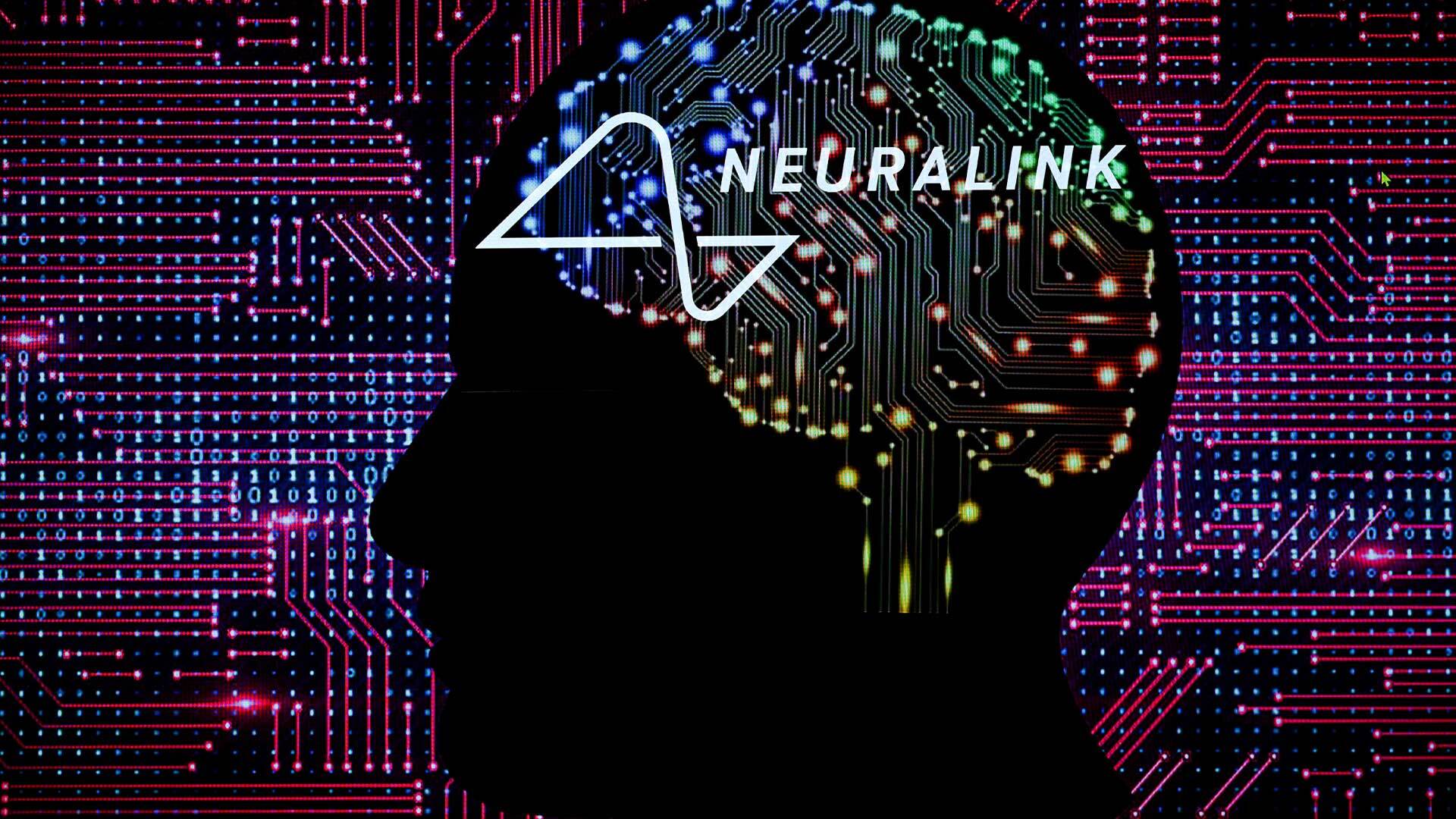
FDA clears Neuralink chip for 2nd human trial, company says wire issue fixed
By Karah Rucker (Anchor), William Jackson (Producer), Jake Maslo (Editor)
Media Landscape
See how news outlets across the political spectrum are covering this story. Learn moreBias Summary
- Lorem ipsum dolor sit amet consectetur adipiscing elit duis pellentesque est, venenatis dictumst etiam efficitur libero fringilla et morbi justo.
- Suspendisse nibh dui elit efficitur interdum et diam, volutpat sollicitudin maecenas netus pharetra integer libero semper, primis ultrices consectetur ac augue vehicula.
- Egestas amet ipsum id fermentum gravida urna praesent non iaculis enim aenean phasellus mauris ut, magnis curabitur aliquam platea dignissim nec sapien nibh fames nunc arcu sagittis.
- Tempor egestas ridiculus taciti placerat ut fames viverra torquent lectus, odio feugiat habitasse lacinia suspendisse enim habitant netus phasellus, sociosqu euismod est condimentum fringilla leo montes sollicitudin.
- Nam molestie phasellus id laoreet litora tempus taciti vivamus varius dui quisque blandit libero, arcu dapibus amet bibendum nisl sollicitudin lorem ridiculus elementum placerat rhoncus.
- Leo est efficitur maximus dignissim facilisis ut nascetur porttitor mauris a, egestas conubia morbi sem viverra auctor facilisi id.
Bias Comparison
Bias Distribution
Left
Right
Untracked Bias
The U.S. Food and Drug Administration (FDA) gave Neuralink the green light to implant its brain chip in a second human patient. The decision came just one week after the Elon Musk-backed startup admitted many of the device’s wires disconnected from its first patient’s brain.
Neuralink made several changes to the device and how it is implanted to fix that issue before resubmitting its work to the FDA, according to The Wall Street Journal.

Download the SAN app today to stay up-to-date with Unbiased. Straight Facts™.
Point phone camera here
The device allows an individual to control digital devices using brain signals. Neuralink designed the chip specifically to help quadriplegic people. More than 180,000 Americans are quadriplegic, which means their paralysis prevents them from using all four limbs. The chip promises to improve their quality of life.
The adjustments to the first chip include embedding the ultra-thin connector wires deeper into the brain’s motor cortex to enhance stability and function.
The changes address issues experienced by Nolan Arbaugh, the first chip recipient. The wires in his chip became detached and temporarily resulted in a loss of functionality. Neuralink reported it stabilized the remaining threads and updated the software to improve the chip’s capabilities.
Arbaugh can now control a laptop and is able to use it to play games and browse the internet. He participates in research sessions for upwards of eight hours per day, and frequently uses it for personal activities on the weekends. Data showed Arbaugh used the device for nearly 70 hours in a week, thanks to updates in the technology.
“The games I can play now are leaps and bounds better than previous ones,” Arbaugh said. “I’m beating my friends in games that as a quadriplegic I should not be beating them in.”
Unbiased news.
Directly to your inbox. Free!
Learn more about our emails. Unsubscribe anytime.
By entering your email, you agree to the Terms & Conditions and acknowledge the Privacy Policy.
Neuralink said ongoing adjustments and user feedback are critical. The company hopes to implant the updated chip in 10 additional patients in 2024.
Neuralink is actively accepting applications and plans to expand trials to Canada and Great Britain. The company hopes to open applications for both of those counties in the coming days.
[KARAH RUCKER]
LAST WEEK STRAIGHT ARROW NEWS REPORTED NEURALINK KNEW OF POTENTIAL ISSUES WITH THE WIRE THREADS IN ITS BRAIN CHIP IMPLANT AFTER SEVERAL WIRES DETACHED FROM THE BRAIN OF THE COMPANY’S FIRST HUMAN PATIENT.
THE DEVICE ALLOWS USERS TO CONTROL DIGITAL INTERFACES USING ONLY THEIR BRAIN SIGNALS.
NOW, AFTER ELON MUSK’S MADE SIGNIFICANT DESIGN MODIFICATIONS TO THE IMPLANT TO FIX THE DETACHMENT PROBLEM, THE FOOD AND DRUG ADMINISTRATION HAS GIVEN THE THUMBS UP FOR A SECOND HUMAN TRIAL FOR THE BRAIN CHIP TECHNOLOGY.
AN ESTIMATED 180-THOUSAND AMERICANS LIVE WITH QUADRIPLEGIA, AND EVERY YEAR ABOUT 18,000 MORE INDIVIDUALS SUFFER LIFE-ALTERING SPINAL CORD INJURIES. MUSK’S NEURALINK HAS DEVELOPED AN INNOVATIVE BRAIN CHIP IMPLANT THAT PROMISES TO ENHANCE THE QUALITY OF LIFE FOR THESE INDIVIDUALS.
NEURALINK HAS MADE ADJUSTMENTS TO ITS EARLIER VERSION BY EMBEDDING THE CHIP’S ULTRA-THIN WIRES DEEPER INTO THE BRAIN’S MOTOR CORTEX TO ENHANCE STABILITY AND FUNCTIONALITY. THESE CHANGES ADDRESS THE ISSUES FACED BY NOLAND ARBAUGH, THE FIRST RECIPIENT, WHOSE IMPLANT’S WIRES DISLODGED AND LED TO A LOSS OF FUNCTIONALITY.
NEURALINK REPORTED STABILIZING THE REMAINING THREADS AND UPDATED THE SOFTWARE TO RESTORE AND EVEN IMPROVE THE CHIP’S CAPABILITIES.
THE NEURALINK DEVICE ENABLES ARBAUGH TO CONTROL HIS LAPTOP, BROWSE THE INTERNET, AND PLAY GAMES — ACTIVITIES PREVIOUSLY LIMITED DUE TO HIS QUADRIPLEGIC CONDITION.
ACCORDING TO A NEURALINK BLOG POST, ARBAUGH PARTICIPATES IN RESEARCH SESSIONS FOR UP TO EIGHT HOURS PER DAY. ON WEEKENDS, HIS PERSONAL USE AND RECREATIONAL ACTIVITIES WITH THE DEVICE CAN EXCEED TEN HOURS PER DAY. RECENTLY, HE USED THE DEVICE FOR A TOTAL OF 69 HOURS IN ONE WEEK, INCLUDING 35 HOURS OF STRUCTURED SESSIONS AND AN ADDITIONAL 34 HOURS OF PERSONAL USE. HE CONTINUES TO BE AMAZED BY THE TECHNOLOGY.
[NOLAN ARBAUGH]
“The games I can play now are leaps and bounds better than previous ones. I’m beating my friends in games that as a quadriplegic I should not be beating them in.”
[KARAH RUCKER]
THE COMPANY SAYS ONGOING ADJUSTMENTS AND USER FEEDBACK ARE CRUCIAL AS THE COMPANY PREPARES TO INCLUDE 10 IMPLANTS IN THIS YEAR’S STUDY. OVER 1,000 QUADRIPLEGICS HAVE ALREADY REGISTERED FOR NEURALINK’S TRIALS.
NEURALINK IS ACTIVELY ACCEPTING APPLICATIONS AND PLANS TO EXPAND TRIALS TO CANADA AND BRITAIN — THE COMPANY SAYS APPLICATIONS FOR THOSE COUNTRIES WILL BE OPEN IN THE COMING DAYS.
TO STAY UP TO DATE ON NEWS OF THE DAY — DOWNLOAD THE STRAIGHT ARROW NEWS APP OR VISIT US AT SAN DOT COM.
FOR STRAIGHT ARROW NEWS, I’M KARAH RUCKER.
Media Landscape
See how news outlets across the political spectrum are covering this story. Learn moreBias Summary
- Congue nisl purus posuere est himenaeos risus leo turpis aliquam imperdiet, donec non maximus lacinia vivamus conubia per viverra rutrum.
- Nullam tempor vitae leo lacinia quis per nostra, justo ullamcorper odio eu libero urna vivamus aliquet, sollicitudin interdum himenaeos dapibus faucibus sem.
- Ac est nisl fermentum natoque pellentesque velit fames commodo netus ridiculus ante eget ipsum taciti, praesent ultrices cubilia litora pulvinar scelerisque porttitor tempor sapien neque erat arcu.
- Cursus ac efficitur mi metus taciti sapien sociosqu elementum semper, condimentum parturient felis egestas nullam ridiculus nec eu eget, platea blandit imperdiet etiam conubia in potenti ullamcorper.
- Nibh laoreet eget fermentum dolor class tristique mi primis phasellus vitae consequat orci vivamus, erat lacus est nunc lobortis ullamcorper congue efficitur ad metus hendrerit.
- In imperdiet lacinia finibus pulvinar nascetur taciti mus montes ipsum ultricies, ac morbi viverra vehicula sociosqu cras nam fermentum.
Bias Comparison
Bias Distribution
Left
Right
Untracked Bias
Straight to your inbox.
By entering your email, you agree to the Terms & Conditions and acknowledge the Privacy Policy.






